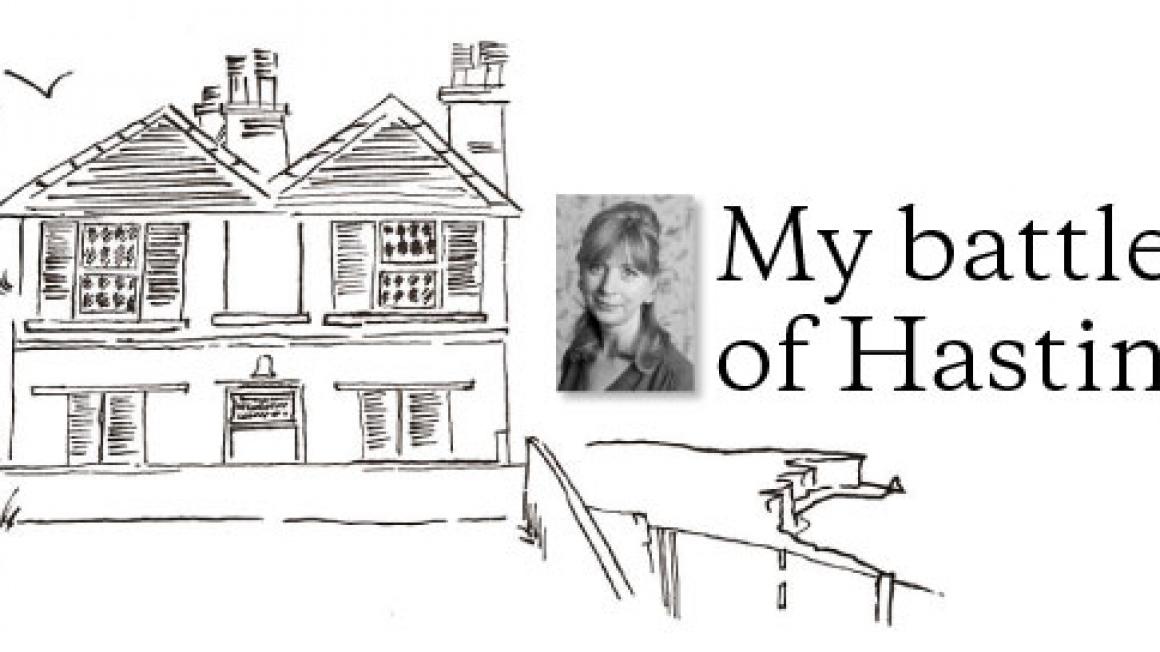White Walls
In the Arts and Crafts era, the mode was to hang pictures on to very busy wallpaper and William Morris followers thought nothing of hanging a subtle 19th-century watercolour on to a backdrop of lush foliage. The curators at the Wallace Collection in London’s Manchester Square certainly haven’t held back and have recently re-decorated using some exquisite wall coverings that are at times more starry that the permanent collection.
The default position, however, is to paint the walls white, primarily driven by the ‘white cube’ approach of the avant-garde galleries. But, pure white or brilliant white as Dulux prefers to call it, is very clinical and rarely works for anything except vast colour field abstracts. Everything else needs a more subtle approach.
The National Gallery (below) for instance has no white walls, instead preferring to go with a palette that ranges from drab to dark. The result is masterful and the impact, particularly with the dark hued oils, is to give the images extra gravitas.

However, most of us do not live in art galleries and prefer our spaces lighter and brighter. Nor do most of us (sadly) have a notable collection of Whistlers or Fragonards to worry about. In the end, we tend to work with what we’ve got, hammer and picture hook in hand, we stroll around the house filling gaps on walls.
This is very much the curator policy here at Rock House but then I do have the added benefit of naturally ‘drab’ walls. Or walls that haven’t been painted in so long, that their patina is apparently all the rage with those looking to house a serious collection.
At the Jerwood Gallery on the seafront, they are currently showing the jewels from the foundation’s archives. Months were clearly spent getting the correct hue for the walls and it has paid off. It is a visual treat. The same, unfortunately, cannot be said for their terrace café. Whoever decided to paint the walls and ceiling black obviously has a complete aversion to milk with their tea.
Hastings returns in March.



